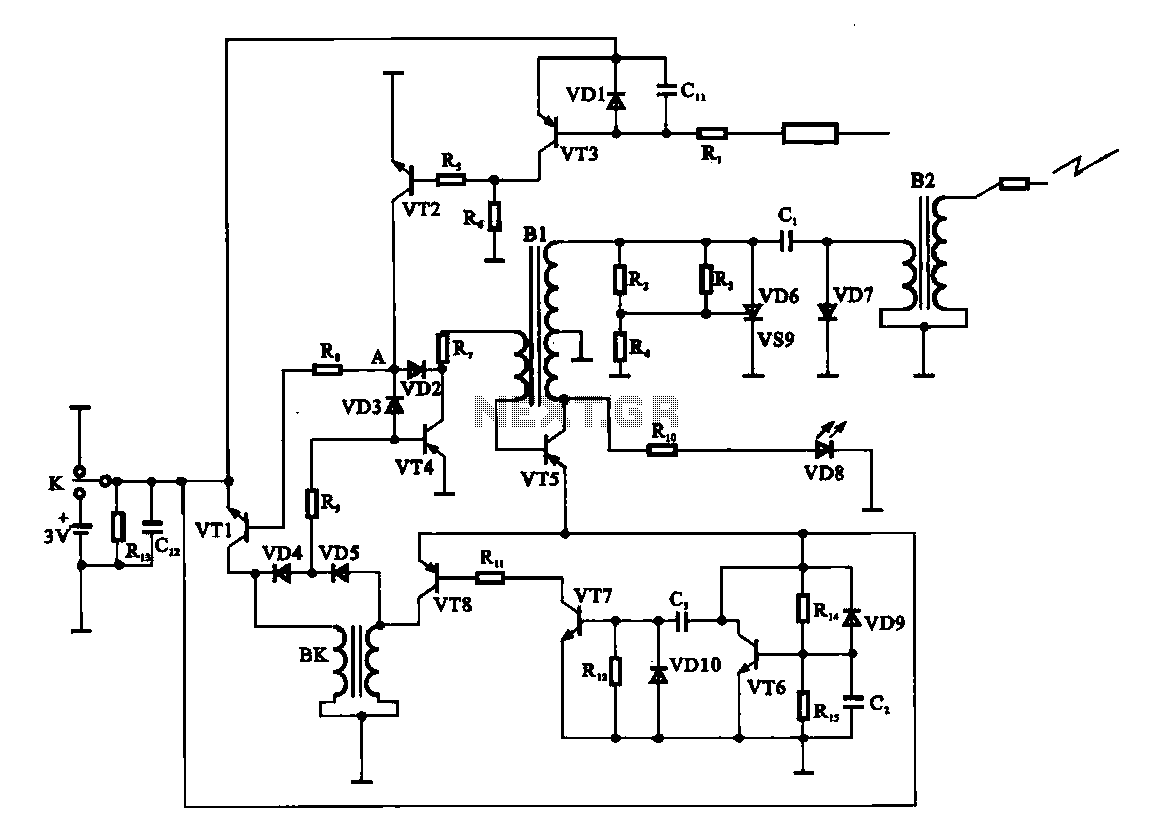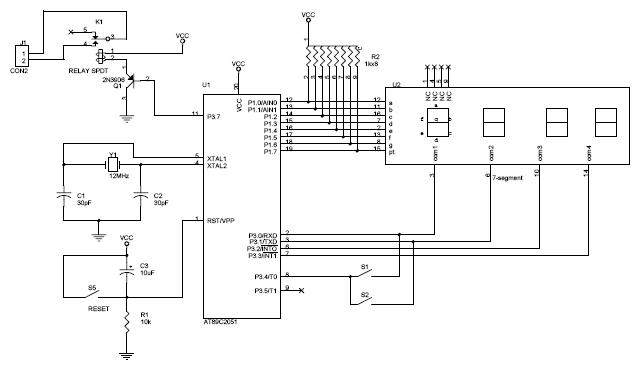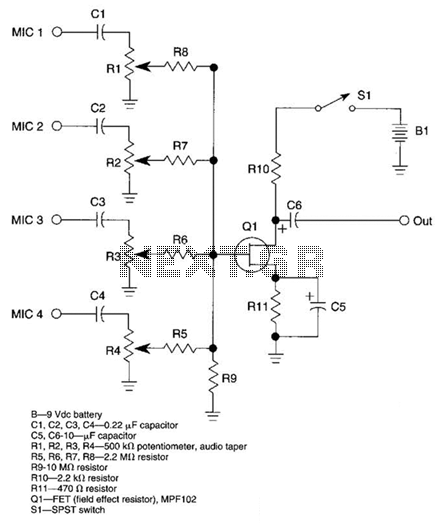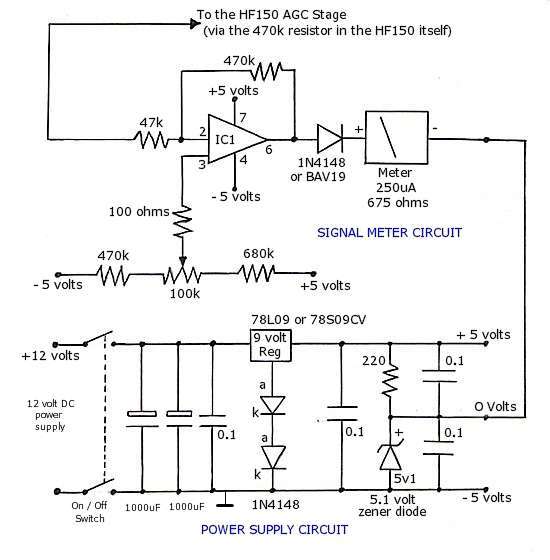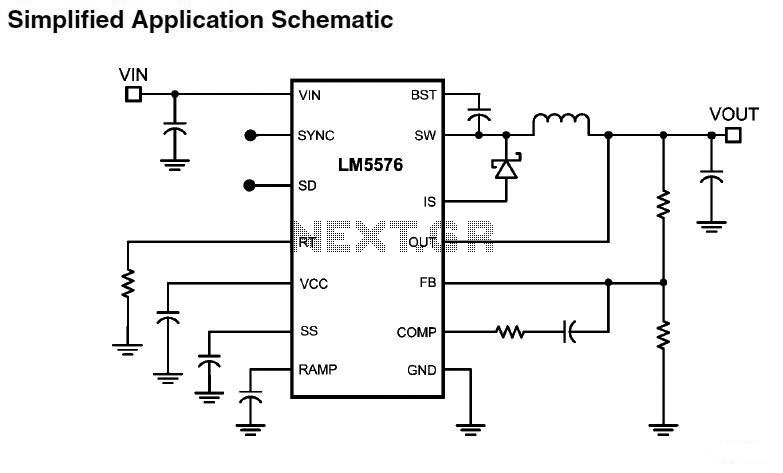
Mains undervoltage overvoltage protection circuit of five
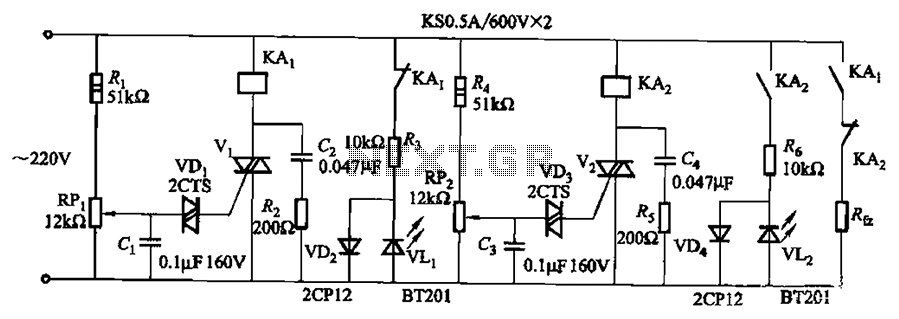
Bidirectional thyristor control. By adjusting potentiometers RPi and RPz, the lower and upper limit values can be changed. LEDs VLi and VL2 serve as indicators for low pressure and high pressure, respectively.
The circuit utilizes a bidirectional thyristor to control the power delivered to a load based on pressure measurements. The configuration includes two adjustable potentiometers, RPi and RPz, which set the thresholds for low and high pressure. The adjustment of these potentiometers allows for fine-tuning of the circuit's response to varying pressure levels.
When the pressure falls below the threshold set by RPi, LED VLi is activated, indicating low pressure conditions. Conversely, when the pressure exceeds the threshold established by RPz, LED VL2 lights up, signaling high pressure. This visual feedback is crucial for monitoring system performance and ensuring safety by alerting operators to potential issues.
The bidirectional thyristor is selected for its ability to control AC loads effectively, allowing for smooth operation without mechanical wear. The circuit may also include additional components such as resistors for current limiting, capacitors for filtering, and potentially a microcontroller for more complex logic and control features.
In summary, this circuit design provides a robust solution for pressure monitoring and control, integrating visual indicators and adjustable settings to enhance its functionality and user experience. Bidirectional thyristor control. Adjust potentiometer RPi and RPz, you can change the lower and upper limit values. LEDs VLi and VL2 are less pressure and overpressure indicato r.
The circuit utilizes a bidirectional thyristor to control the power delivered to a load based on pressure measurements. The configuration includes two adjustable potentiometers, RPi and RPz, which set the thresholds for low and high pressure. The adjustment of these potentiometers allows for fine-tuning of the circuit's response to varying pressure levels.
When the pressure falls below the threshold set by RPi, LED VLi is activated, indicating low pressure conditions. Conversely, when the pressure exceeds the threshold established by RPz, LED VL2 lights up, signaling high pressure. This visual feedback is crucial for monitoring system performance and ensuring safety by alerting operators to potential issues.
The bidirectional thyristor is selected for its ability to control AC loads effectively, allowing for smooth operation without mechanical wear. The circuit may also include additional components such as resistors for current limiting, capacitors for filtering, and potentially a microcontroller for more complex logic and control features.
In summary, this circuit design provides a robust solution for pressure monitoring and control, integrating visual indicators and adjustable settings to enhance its functionality and user experience. Bidirectional thyristor control. Adjust potentiometer RPi and RPz, you can change the lower and upper limit values. LEDs VLi and VL2 are less pressure and overpressure indicato r.
